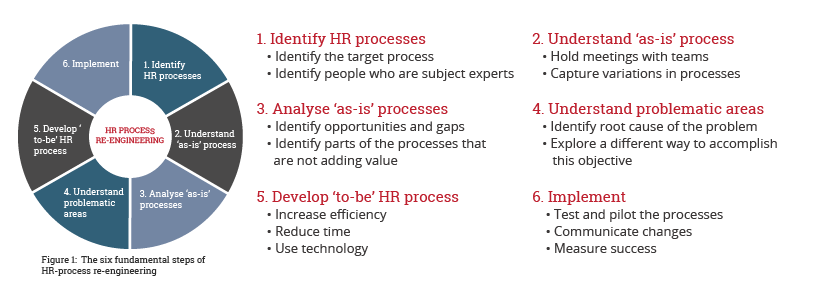In the realm of Human Resources (HR), where the effectiveness of processes directly impacts organizational success, the application of Six Sigma principles, particularly Key Process Input Variables (KPIVs) and Key Process Output Variables (KPOVs), offers a transformative approach to HR management. In this article, we explore the significance of KPIVs and KPOVs in HR, shedding light on how these principles can drive targeted improvements and elevate HR practices.

Understanding KPIVs and KPOVs in HR:
KPIV (Key Process Input Variable) in HR: KPIVs in HR are the critical factors or variables that significantly influence the performance of HR processes. Identifying and controlling these variables is essential for ensuring the efficiency and effectiveness of HR initiatives. KPIVs in HR can range from recruitment strategies and training methods to employee engagement programs.
KPOV (Key Process Output Variable) in HR: KPOVs, on the other hand, are the measurable outcomes or characteristics directly related to the success of HR processes. These variables reflect the impact of HR initiatives from the perspective of employees and the organization. KPOVs in HR might include employee satisfaction scores, retention rates, or the effectiveness of training programs.
Examples of KPIVs and KPOVs in HR:
- Recruitment Process:
- KPIV: Time-to-fill (the time taken to fill a vacant position).
- KPOV: Quality of hire (measured through performance evaluations and longevity in the role).
- Training and Development:
- KPIV: Training program engagement (attendance rates, completion rates).
- KPOV: Skill acquisition and application on the job (measured through performance improvements).
- Employee Engagement Initiatives:
- KPIV: Frequency and type of engagement activities.
- KPOV: Employee satisfaction and retention rates.
Leveraging KPIVs and KPOVs in HR Improvement:
- Correlation Analysis:
- Conduct a thorough analysis to identify the correlation between various KPIVs and KPOVs. For example, in the context of recruitment, analyze whether a shorter time-to-fill correlates with higher-quality hires.
- Experimentation and Testing:
- Design experiments to manipulate KPIVs, such as altering recruitment strategies or training methods, and observe the impact on KPOVs like employee satisfaction or performance.
- Optimization of HR Processes:
- Focus on optimizing critical KPIVs to ensure they align with organizational goals and contribute to positive KPOVs. For instance, refining onboarding processes (KPIV) can lead to improved employee satisfaction (KPOV).
- Statistical Methods:
- Utilize statistical methods like surveys, performance metrics, and data analysis to systematically measure and control KPIVs and assess their influence on KPOVs.
- Continuous Monitoring:
- Implement systems for continuous monitoring of both KPIVs and KPOVs to ensure sustained improvements. Regularly evaluate the effectiveness of HR processes and make data-driven adjustments as needed.

Example Scenario: Talent Acquisition Process
KPIV: Candidate Sourcing Channels (e.g., online platforms, referrals). KPOV: Quality of Hire (measured through performance evaluations and tenure).
By analyzing the correlation between different sourcing channels (KPIV) and the subsequent performance and tenure of hires (KPOV), HR can optimize its recruitment strategy. If candidates from a particular channel consistently demonstrate higher performance and longer tenure, the organization can focus its efforts and resources on that specific sourcing channel.
Conclusion: Elevating HR Practices with Six Sigma Principles
Incorporating Six Sigma principles, specifically KPIVs and KPOVs, into HR processes is a strategic move toward optimizing human capital management. The systematic analysis and control of critical input and output variables empower HR professionals to make data-driven decisions, driving targeted improvements in recruitment, training, employee engagement, and other key areas.
As organizations recognize the pivotal role of HR in shaping their success, the adoption of Six Sigma principles in HR practices becomes a cornerstone of excellence. By unlocking the power of KPIVs and KPOVs, HR leaders can navigate the complexities of talent management with precision, fostering a culture of continuous improvement and elevating the overall effectiveness of HR initiatives.











